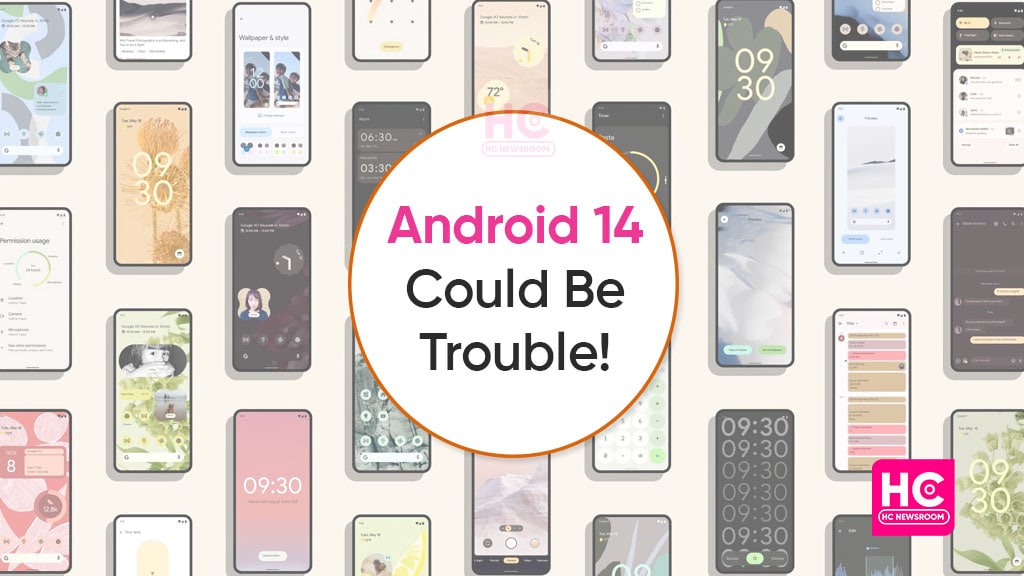Android
Android 14 could be a trouble for low-end devices

A few weeks ago, Google launched Android 13 for its users. Yet we have started hearing new bell rings for the next Android version. Android 14 is appearing in the headlines with incredible features for all the flagships and low-end devices.
So far, the US tech maker has given some ultimate software products to its gadgets. The company has not only maintained high-tech models but also looked after budget-friendly phones and constantly served them with the latest Android builds.
As of now, Google has started the preparations for the next operating system. The company is going to unveil the system with super-ultra features. For instance, back gestures, satellite connectivity, AV1 video coding format, and more.
However, some signs hint that Android 14 could be a trouble for low-end devices. Why? Here is a great theory that defines why and how the upcoming Android version won’t benefit minimum-range gadgets.
Why there is doubt about the low-end device
Whenever a company releases a new build, it also publishes a list of eligible devices. That is because not all the models fulfill the requirement of a new system. Consequently, it’s the software that changes every time and not the handset.
Meanwhile, if we talk about budget-friendly phones, then these are the cheap versions of high-end devices. In other words, these devices provide you efficient experience with minimal storage, memory, and characteristics. But, often such parts start performing abnormally with huge upgrades.
Based on this fact, Google has changed its algorithms for Android 14. As a result, the tech makers have to assemble some mandatory changes in their devices so that they could adapt to the forthcoming operating systems.

Android 14 means massive changes
After going into the details, I feel that Android 14 means massive changes to devices. With the new operating system, Google is introducing several new regulations as well. Eventually, these rules are quite tough for cost-effective devices.
AV1 codec formatting
The list of rules begins with a new video coding format. It is a modern and improved compression system that consumes less data and energy without affecting video quality. As per the Android developers, this is a significant addition and every handheld device must support it.
Accordingly, this indicates that manufacturers have to mold their hardware products to get the Android 14 system.
64-bit apps are necessary
Google’s next step is to eliminate the 32-bit-apps in the devices. Yes, now the smartphones interested in Android 14 must have the Armv9 CPU framework, and should only support 64-bit-apps.
Till now, Android was supporting the 32-bit-apps, since they were popular in some markets. However, this has made the company lag behind iOS. Hence, to pace up in the market, Google has taken this decision.
Satellite Connectivity could also make some new changes
Yes, the details speak that Android 14 will bring satellite connectivity support. Though, I didn’t hear any changes for the devices in this aspect. Perhaps, it’s a new addition and could appear with some mandatory rules.
At some point, these changes are good for the upcoming Android-based models. But, this would greatly affect the low-end gadgets in the market. While Android 14 could be a blessing for tech-pack models, it might be a bane for cost-effective devices.






